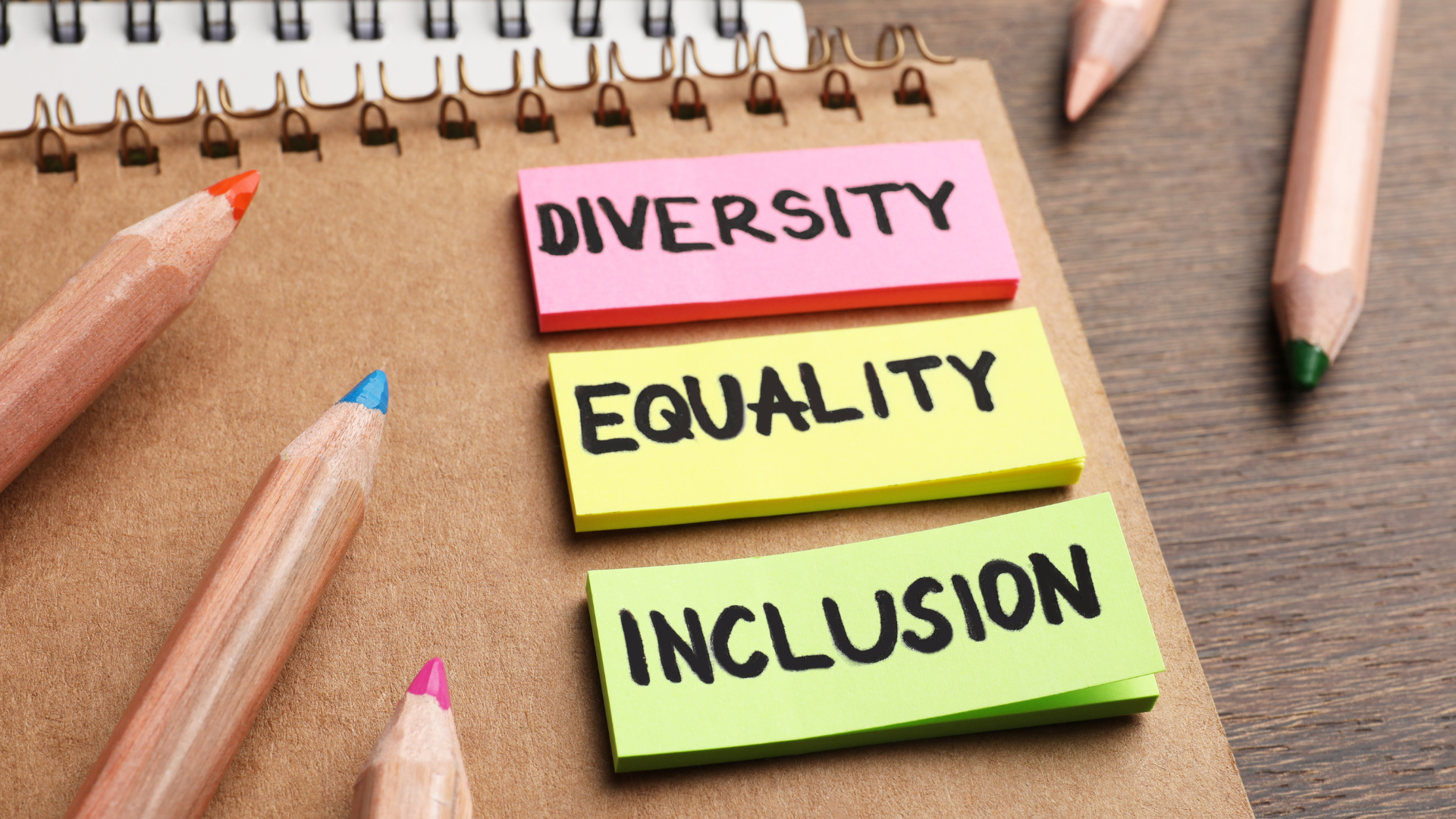Breaking Barriers: Why Mandatory Disability Reporting is a Step Australia Needs
Nicole Consterdine • February 18, 2025

Ensuring equal employment opportunities for people with disabilities is a crucial step toward fostering an inclusive workforce. In Australia, there has been some progress in recent years, yet significant gaps remain. According to the latest Survey of Disability, Ageing and Carers, the unemployment rate for people with disabilities has decreased from over 10% in 2018 to just below 7.5%. While this is a positive shift, it remains considerably higher than the general population’s unemployment rate, which is still under 4%.
The workforce participation rate for people with disabilities has also risen from approximately 52% to over 60%, a sign of increased accessibility and awareness. However, despite these improvements, hundreds of thousands of capable individuals remain excluded from the job market. A major challenge is the lack of employer engagement, where businesses often lack the necessary knowledge and resources to confidently hire and support employees with disabilities.
A potential game-changer in this space is mandatory disability employment and pay gap reporting, mirroring existing gender pay gap reporting. This policy could drive transparency, accountability, and positive change among businesses while encouraging a more diverse and representative workforce.
“From my perspective, I have come to the conclusion that it would be good to ask larger employers to report on disability employment, much like we already do with gender pay gaps.”
In a recent discussion, Nicole Consterdine, Recruitment Consultant at People2People, sat down with Peter Bacon, CEO of Disability Employment Australia, to explore how Australia can improve workplace inclusivity. The conversation focused on disability employment, challenges in the current system, and the potential impact of mandatory reporting.
Peter Bacon highlighted how a demand-side shift is necessary to bridge the employment gap for people with disabilities. “We need to think through what we want this to look like. From my perspective, I have come to the conclusion that it would be good to ask larger employers to report on disability employment, much like we already do with gender pay gaps.”
One of the primary advantages of mandatory reporting is transparency. This initiative wouldn’t impose quotas but would instead encourage businesses to track and understand their workforce demographics. “You should know what percentage of your workforce has a disability or discloses having one, and whether the pay structures are fair and equitable.” The simple act of measurement allows businesses to assess where they stand and take steps toward meaningful change.
Another crucial aspect of this initiative is normalising disability in the workplace. Many employers hold outdated misconceptions that hinder inclusive hiring practices. Bacon pointed out that businesses often think of disability employment as a burden. “Most workplace adjustments are free or extremely cheap, under $300, and many can be funded by the government through JobAccess.” Educating employers on the reality of workplace adjustments can alleviate concerns about cost and feasibility.
One of the biggest risks associated with mandatory reporting is ensuring that employee disclosure is handled correctly. Peter Bacon stressed the importance of psychological safety when discussing disability disclosure in the workplace. “If we’re going to implement this, we need a better support system for employers—so they know how to have these conversations properly and create a safe environment for employees to disclose without fear.” He also noted that some businesses might view reporting as additional regulatory red tape, but the long-term benefits—such as higher retention, greater profitability, and a stronger corporate reputation—far outweigh any administrative burden.
Nicole Consterdine reinforced the importance of shifting perspectives. “If you don’t know your stats and figures, how are you ever supposed to improve on them?” This emphasis on awareness and measurement is at the heart of why mandatory reporting could be the next step toward a more inclusive Australia.
Practical Steps for Businesses to Become More Inclusive
Creating an accessible and inclusive workplace doesn’t have to be complicated. Here are some key steps businesses can take to ensure they are fostering a welcoming environment for people with disabilities:
- Make Workplace Adjustments
Adjustments don’t have to be expensive or complex. Simple changes, such as flexible work hours, ergonomic seating, assistive technology, or accessible software, can make a significant difference in an employee’s ability to thrive. - Encourage Open Conversations
Creating a workplace culture where employees feel comfortable disclosing a disability is essential. Implementing anonymous surveys or having HR-led discussions can help employees express their needs without fear of judgment. - Train Managers and Teams
Awareness training for leadership and staff can dispel myths about disability employment and ensure managers know how to support employees effectively. - Develop Inclusive Hiring Practices
Ensure job advertisements and recruitment processes are accessible. This includes offering alternative application methods, being clear about workplace adjustments, and focusing on skills rather than physical ability. - Regularly Review Accessibility
Businesses should periodically assess their accessibility measures, considering both physical and digital accessibility. Conducting accessibility audits and seeking employee feedback can help identify areas for improvement.
By implementing these steps, businesses can not only comply with potential future reporting requirements but also build stronger, more inclusive workplaces that benefit from the diverse skills and perspectives of all employees.
Find the job you love I Find the right talent
Get in touch with people2people
Australia
I
United Kingdom
In business since 2002 in Australia, NZ, and the United Kingdom, people2people is an award-winning recruitment agency with people at our heart. With over 12 offices, we specialise in accounting and finance, business support, education, executive, government, HR, legal, marketing and digital, property, sales, supply chain, and technology sectors. As the proud recipients of the 2024 Outstanding Large Agency and Excellence in Candidate Care Awards, we are dedicated to helping businesses achieve success through a people-first approach.






